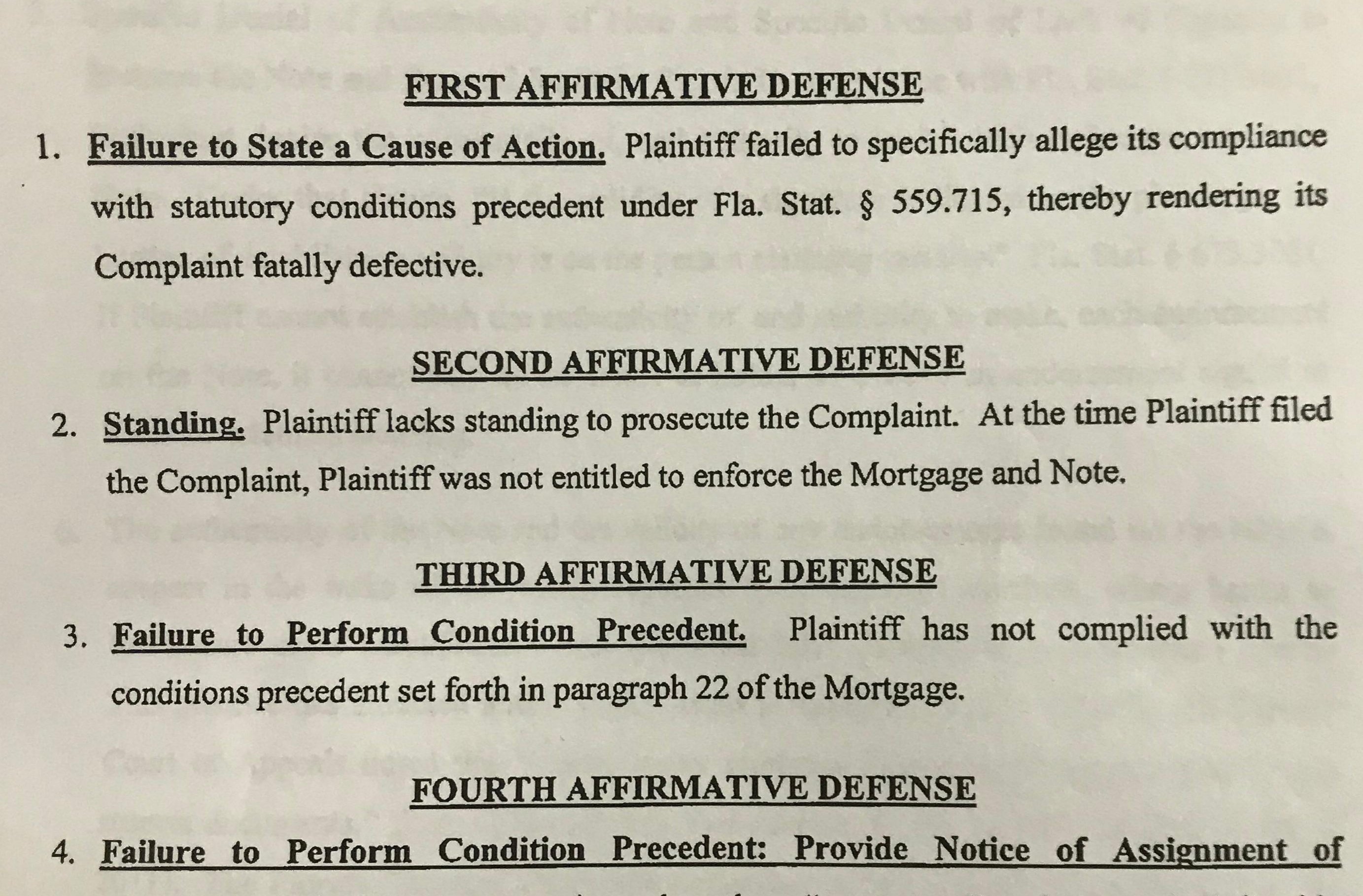According to loan modification expert David Ramos, prior to the proliferation of subprime loans and the mass securitization of mortgages, “the loan modification system was a lot more simple.” The process required a homeowner to contact the mortgage servicer to work out an agreement to change the terms of the loan. 
During the years leading up to the housing market collapse, banks and other entities started packaging these loans and selling them to investors as mortgage-backed securities. Loans that could previously be traced back to the mortgage lenders were now owned by Wall Street investors, which greatly complicated the traditional loan modification process.
When these mortgages soured and the default rate skyrocketed, the event contributed to the financial crisis that occurred in 2008. Subsequently, taxpayers’ bailed out of big banks to the tune of $750 billion.
In March 2009, the Obama Administration introduced the Home Affordable Modification Program (HAMP). After the first year results of HAMP filtered in, it became obvious that the program was not working as intended.
In 2010, while many mortgage servicers spent time answering to allegations of incompetency regarding the processing of loan modification requests, Florida-based Ocwen created an innovative program called the Shared Appreciation Modification or SAM.
The scheme not only provide clients the opportunity to have the terms of their original mortgage modified, but included a principal reduction program.
Details of SAM program
SAM would forgive the balance of the mortgage up to 95 percent of the prevailing market value. In exchange, whenever the homeowner pay off the loan—sell or refinance—the homeowner would share 25% of the home’s appreciation that occurs after the loan modification with the lender.
Ocwen would forgive the balance in one-half increments on an annual basis. The initial results showed the program to be a loan modification success story.
- 79 percent of borrowers continued in the program
- 2.63 percent of the borrowers went back into default
Based on the positive results, Ocwen extended the program to the 33 states that allow the plan. The bank completes between 2,000 and 3,000 new SAM applications each month.
Advantages of SAM
The 2013 Ocwen SAM loan modification program represents an excellent example of a lender catering to the needs of its clients. SAM not only provides immediate financial relief to troubled borrowers, but the principal reduction aspect, which is missing from the HAMP, provides a powerful incentive for borrowers to stay in their homes and not exit their mortgages.
In June 2012, a study of the program conducted by Erik Hembre, a professor at the University of Wisconsin–Madison, found that 94.3 percent of borrowers receiving SAM had not “exited the mortgage.”
In comparison, data from other loan modification groupings reveal that homeowners sold their homes, obtained refinancing or defaulted at higher rates. Only 71.5 percent of homeowners who did not receive any loan modification relief remained in their mortgages.
Under SAM, keeping borrowers in their home is a “win-win” for lenders, the communities and the nation
SAM provides model for HAMP
Many loan modification experts believe that the 2013 Ocwen SAM loan modification program may be "the solution" that has eluded mortgage lenders and politicians in Washington. It provide financial relief for millions of borrowers saddled with underwater and a chance to regain lost equity. 
Ramos states that if he were President Obama and could revisit the decision making process behind HAMP, instead of bailing out the big banks, he would have use the funds to entice investor holding the “bad loans” to offer homeowners principal reduction as part of the loan modification.
Then, investors would receive a percentage based on the amount of the principal reduction. Ramos is a strong advocate of remodeling the current HAMP after SAMs.
Hembre agrees, saying that “the SAM program shows that the Ocwen SAM’s have a significant negative impact on default rates.” Like Ramos, Hembre believes SAM needs some refinement.










